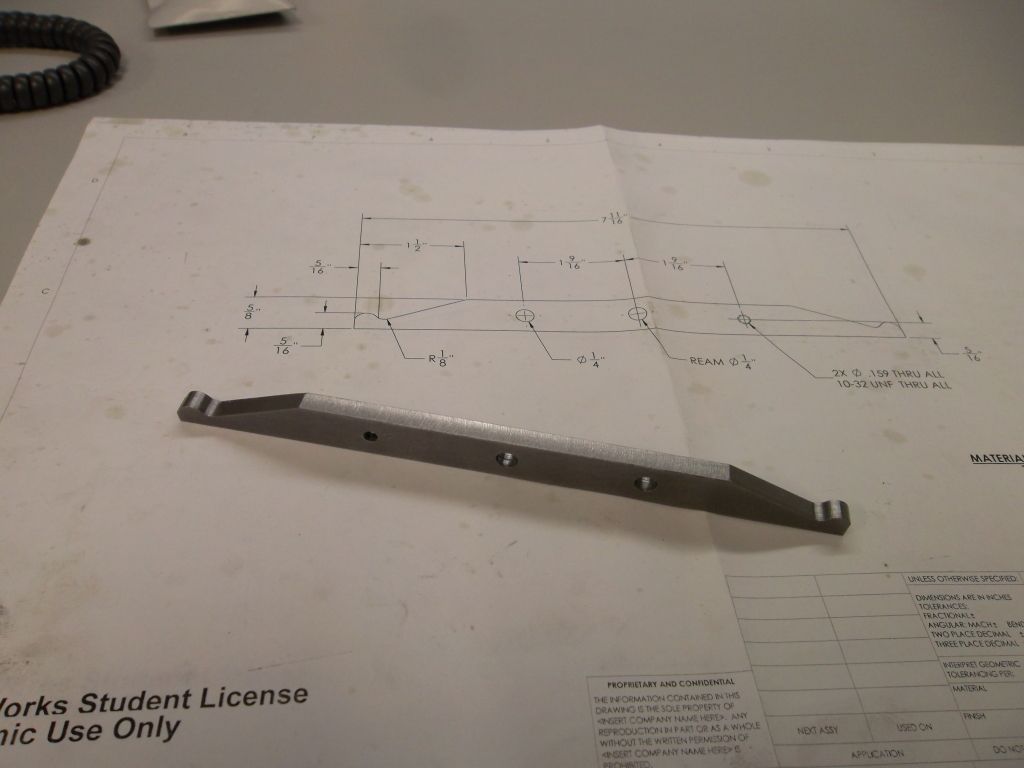terryp
Active Member
Oh, this is fascinating. So many projects, so little time! Anyone planning a trip to Greenfield Village in Dearborn definitely go the weekend after labor day. That is the Old Cars Festival.there will be 900 pre 1932 automobiles inside the village. A must see and still get to tour the museum and machine shops.Thanks, I have sent a message to Dave Dunlavy, but have not received a reply, I'll keep trying. While I've not built my engine yet, I have studied the ignition timing some and I've built quite a few engines (automotive) over the years. I don't know what you are using for an ignition system but typically you fire the spark plug just before the piston reaches top dead center. On an automotive engine the harmonic balancer (which is on the crankshaft) is typically marked so you can use a timing light to check the timing. The timing light is triggered by the No.1 spark plug wire and you can twist the distributor to achieve the desired timing. I assume you are triggering the ignition from some sort of mechanism on the flywheel. You could put a mark on the flywheel and a reference point mark on the frame so that they line up when the piston is at top dead center. You could then use a timing light to check the timing and set it so it fires just before top dead center. There are several economical battery powered timing lights on the market. You need to make sure you are on the correct cylinder based on the rocker arm (distributor arm) position. You may also want to ensure the exhaust valve timing is correct as it will have an impact on combustion which may appear as a timing issue.




































































